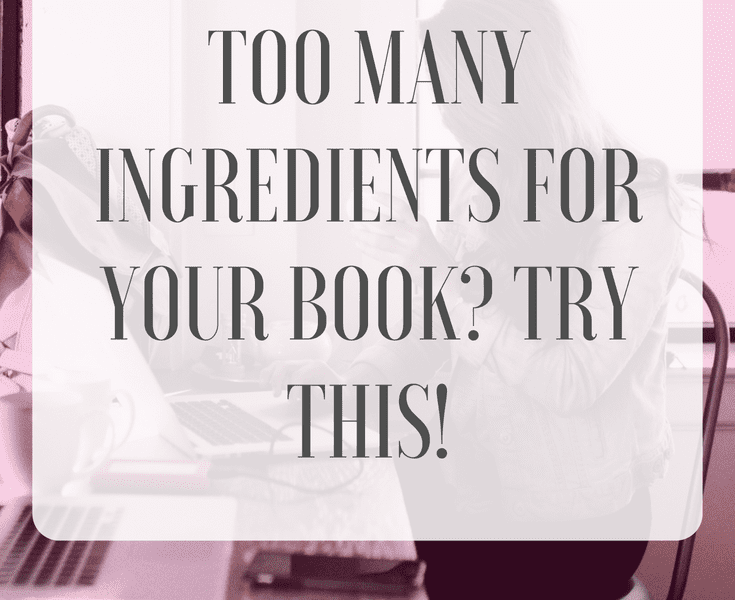Creative people frequently keep notebooks or files of stories that come to them, either from personal experience, dreams, or just great ideas. If we are organized, then we keep the stories organized by topic or what we intend to use them for.
A friend recently told me that she’s been struggling to get her book done because she has all her stories scattered in notebooks. But each notebook has a different topic. One is full of childhood memories she’s analyzing. One is full of her experiences in relationships. Another has cute stories about her kids as they are growing up.
Though the stories are all organized, it’s overwhelming because those topics don’t fit with the topic of her book. She wants to use some of the stories from various notebooks, but she doesn’t know where to start with organizing them.
First, I want to say that it’s perfectly ok to have stories written down that you don’t need at the moment. They served a purpose when you wrote them down: they were either part of a creative outlet that you needed or they helped you heal. Both of those are fine reasons to write the story. Don’t feel like writing something that isn’t intended for a specific purpose isn’t ok or it’s a guilty pleasure. Creative people (and I don’t just mean writers, painters, and dancers) need to be creative.
So now we have lots of stories in different categories that we may or may not use for our book. Overwhelming? Maybe. Should we give up on the idea of writing that book? Definitely not.
Try this:
- Write an outline of the topics you want to cover in your book. AND keep it nearby. You don’t want it pinned to your corkboard while you’re sorting through notebooks at the park, watching the kiddos on the slide.
- Go through each notebook and skim each story. Think about the themes and what you learned.
- Determine if the story would resonate with your audience. Is that something that your audience wants to read to better understand your story or what they hope to learn? If it is, then move on to step #4.
- Refer back to your outline, and determine if that story would fit somewhere. IT DOESN’T HAVE TO BE PERFECT. You might change your mind later and put another story in its place, and that’s ok! But, if you do spot a story that you might want to swap out, I recommend writing down all your options for that chapter and then deciding later.
- Go over your entire outline. See if you have enough variety of stories or if similar stories are spaced out enough so the reader isn’t getting a huge chunk of the same part of your story all at once.
Think of it this way: when you walk in your kitchen to make dinner, do you panic because you have the ingredients to make different meals, or do you decide what you’re making and look for what will work for that dish? I doubt that you’ve ever just started throwing things together and hoped for a grilled chicken salad either (Not that many people actually “hope for” a grilled chicken salad).
Let’s think about chocolate chip cookies instead.
You know that most of the ingredients for cookies are in the pantry, but some are in the fridge, too. So start with the pantry. You’ll see salt, sugar, flour, baking soda, and chocolate chips. Maybe brown sugar, too. Then move to the fridge. You’ll find butter, milk, and eggs here.
Now, compare what you found with the recipe. Is that what you need? Something missing? Go back to the pantry and look for what you need to fill in those slots.
Now apply that concept to writing your book. It’s not nearly as scary if you look at it this way!

